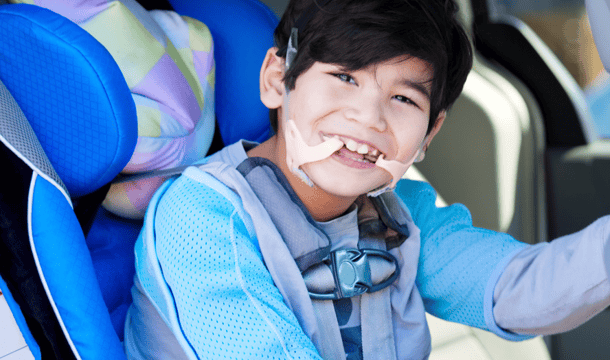
06/10/22Why 24-hour posture care management is key
People with moderate to severe disabilities are in need of 24-hour postural care management to promote activity and participation and limit the development of secondary complications.

People with moderate to severe disabilities are in need of 24-hour postural care management to promote activity and participation and limit the development of secondary complications.

Let’s look at some of the issues siblings of someone with disabilities face, and what you as a parent can do to better to understand and support them.

We have developed a list of questions you might wish to ask your healthcare professional, in order to make your child’s physical therapy as useful as possible.

Heading into the summer holidays we have looked into some of the best accessible theme parks and days out in the UK.

Children books should promote inclusivity and representation, including all the varying abilities and functional disabilities we have in society.

When travelling, doing some research to get inspiration and tips is always useful. First thing is to make sure you have all necessities in place.

In this article, we look at family-centred service, where the family as a whole is at the centre of attention.

The first two years of life is a critical period of learning tasks, because this is the time where the brain is most likely to adapt and learn.